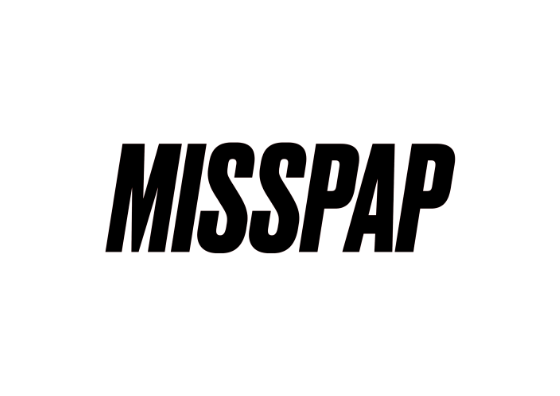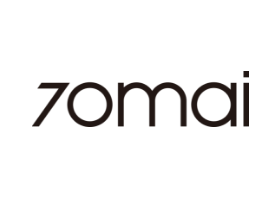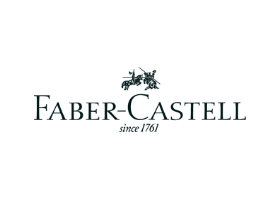English
- استرجاع مجاني وسهل
- أفضل العروض
المواصفات
| الناشر | Carnegie Museum Of Art,u.s. |
| رقم الكتاب المعياري الدولي 13 | 9780880390606 |
| رقم الكتاب المعياري الدولي 10 | 880390603 |
| اللغة | الإنجليزية |
| Language | اللغة الإنجليزية |
| وصف الكتاب | With rarely seen images, this handsome, affordable volume shows Talbot's wide-ranging interests This beautiful publication serves as a primer on the work of William Henry Fox Talbot, a true interdisciplinary innovator who drew on his knowledge of art, botany, chemistry and optics to become one of the inventors of photography in 1839. Talbot's "photogenic drawings" (photograms), calotypes and salted paper prints are some of the first-ever examples of images captured on paper. Accompanying an exhibition at Carnegie Museum of Art in Pittsburgh opening in November 2017, this book brings together more than 30 photographs by Talbot that demonstrate his wide-ranging interests, including nature, still-life, portraiture, architecture and landscape. Some of these images are previously unpublished. Through thematic groupings elucidated by noted Talbot scholar Larry Schaaf, the book reveals the photographer's early striving to test the boundaries of his medium at a historic moment when art and science intersected. With its luminous reproductions of Talbot's fragile works, this publication demonstrates that, in its earliest days, photography required a form of magic-making and innovation that continues to inspire people today. William Henry Fox Talbot (1800-77) was a gentleman scientist in Victorian England. He is best known for his development of the calotype, an early photographic process that involved the use of a negative, from which multiple prints could be made. Talbot's The Pencil of Nature (1844-46) was the first mass-produced book with photographic illustrations. |
| عن المؤلف | Dan Leers is Curator of Photography at the Carnegie Museum of Art, Pittsburgh. Professor Larry J. Schaaf is the Director of the William Henry Fox Talbot Catalogue Raisonn foxtalbot.bodleian.ox.ac.uk an online resource of the Bodleian Libraries. |
| تاريخ النشر | 43060 |
| عدد الصفحات | 96 |
William Henry Fox Talbot And The Promise Of Photography Hardcover English by Daniel Leers - 43060
تمت الإضافة لعربة التسوق
مجموع السلة 0.00 ر.س.


























































































































